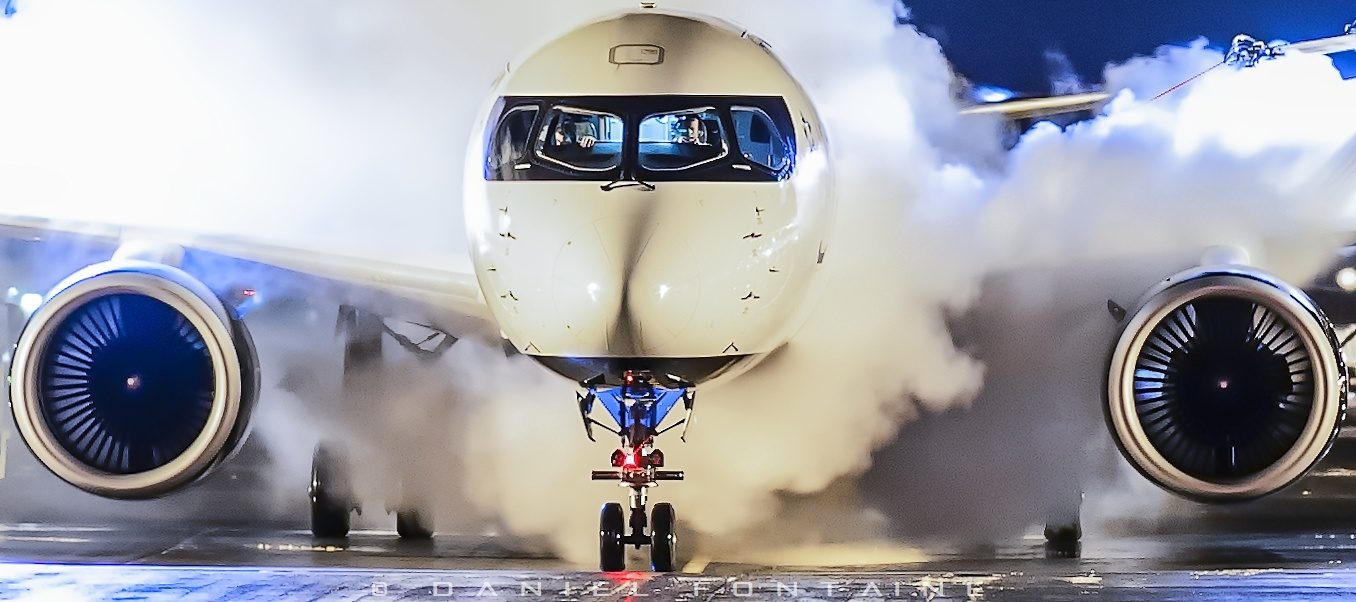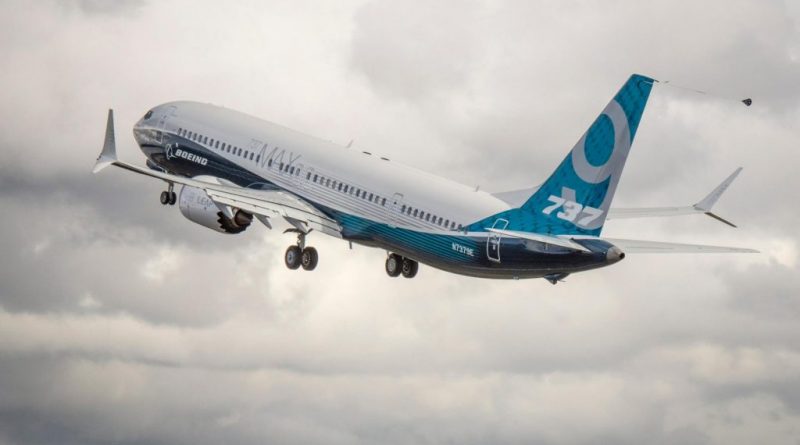The Achilles tendon of the B737MAX
On October 20, the title of my column was: “It’s over for the B737MAX”. You can imagine that I haven’t changed my mind since.
observations
Since March 13 2019, much has been said about the B737MAX. MCAS, which was to be transparent to pilots, is now the most known system of the MAX. But few articles have spoken of the B737MAX flight computer; however, it is at the center of Boeing’s efforts to return the B737MAX to service.
After the Lion Air 610 tragedy, Boeing and the FAA discovered a problem with MCAS. It was evident that this system acted with too much authority on the flight controls. By the end of 2018, Boeing began to review the MCAS programming. But the crash of Ethiopian Airlines uncovered the magnitude of the problem that led to the MAX’s flight ban.
The flight computer
In April, Boeing announced that the MCAS update would be completed in the coming weeks. The MAX would be allowed to fly again at the end of June, they said back then. In early July, we learned that problems with the MAX’s flight computer were delaying its recertification. Problems with the computer and MCAS programming resurfaced in the fall. The last event occurred in early 2020; this time the computer would have had problems while rebooting.
The computer systems on modern aircraft are becoming more complex and difficult to understand. The flight computer on the 737MAX is the same as that of the 737NG. Although this system is aging, it has always worked well. But originally, the Max’s flight computer used data from a single AoA. This is an issue that needs to be fixed in order to compare the data from the both AoAs. But this is an important change and a difficult one to achieve.
By comparison, Airbus has planned 18 months to modify the programming of the A320neo’s flight control computer. However, it is simply a matter of adjusting the way it acts on the flight controls with an aft CG.
In the case of the B737MAX, this involves changing the basic programming of the software to change its operation. This is a very complex modification especially for an old system. The memory is limited, so it is also necessary to optimize as code lines are added.
The danger
The danger for Boeing is that from patch to patch you can create a monster even more dangerous than MCAS. Successive changes to software can create a bug elsewhere in the system. This bug then only activate in very specifics circumstances, it is therefore very difficult to detect. Successfully solving all programming problems safely is a very long and tedious process. To detect possible problems, it is necessary to carry out tests reproducing a maximum of situations that can arise. It takes time and patience. That’s why the MAX’s flight computer is its Achilles tendon.
>>> Follow us on Facebook and Twitter

